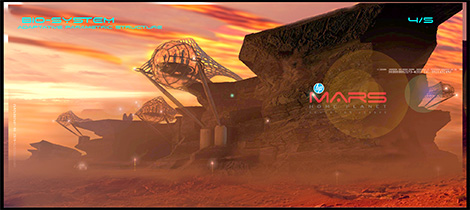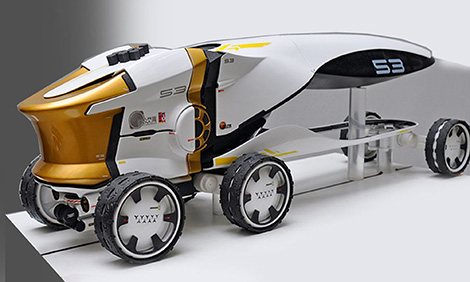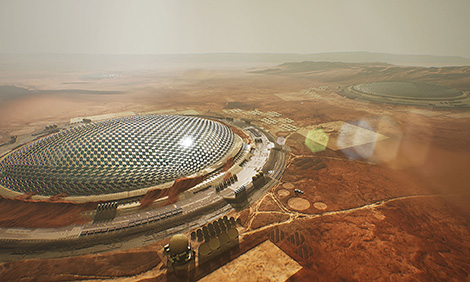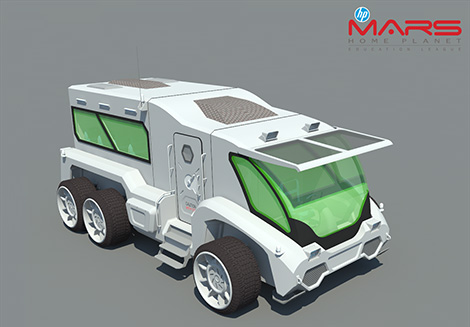
HP has unveiled a groundbreaking Virtual Reality (VR) simulation of what life on Mars could look like for a human population of one million people.
The HP Mars Home Planet program, led by HP and NVIDIA, is the culmination of a year-long engagement with the creative community across several industries to simulate life on the Red Planet.
The program attracted over 90,000 creative professionals, architects, engineers and students spanning more than 150 countries. The most innovative ideas were brought to life through a VR experience created by Technicolor that premieres this week at SIGGRAPH, the world’s largest conference on computer graphics.
The HP Mars Home Planet VR experience takes users through a Martian Community Onboarding Center, showing innovations in areas such as architecture, engineering and transportation that enable humans to make the leap to Mars.
Technicolor developed the stunning visuals for the experience in Epic’s Unreal Engine, resulting in the first ever ‘six-degrees-of-freedom’ VR piece built for motion-enabled chairs, using HP Windows Mixed Reality headsets.
The environments and key assets from the VR experience will be released back to the creative community through an Unreal Engine download this fall.



“We are living in interesting times when technological advancement is being met by a broad array of foundational space science and planetary research—a confluence that will optimistically serve to accelerate our path toward human exploration and settlement of Mars,” said Dr. Darlene Lim, Principal Investigator, NASA Biologic Analog Science.
“Today, people around the world are dreaming and innovating towards this future, and the amazing entries from the HP Mars Home Planet project’s creative community give us a virtual window into what life on Mars could be like for a million members of humanity.”
The global project, pairing co-creation with VR to simulate a utopian civilisation on the Red Planet, received nearly 1,000 entries from the HP Mars Home Planet project’s participants. The final phase, culminated with 9 winners of its Rendering Challenge. Previously announced were winners of the Concept Challenge and the 3D Modeling Challenge.
The winners of each phase were determined by public voting and an esteemed panel of judges.






